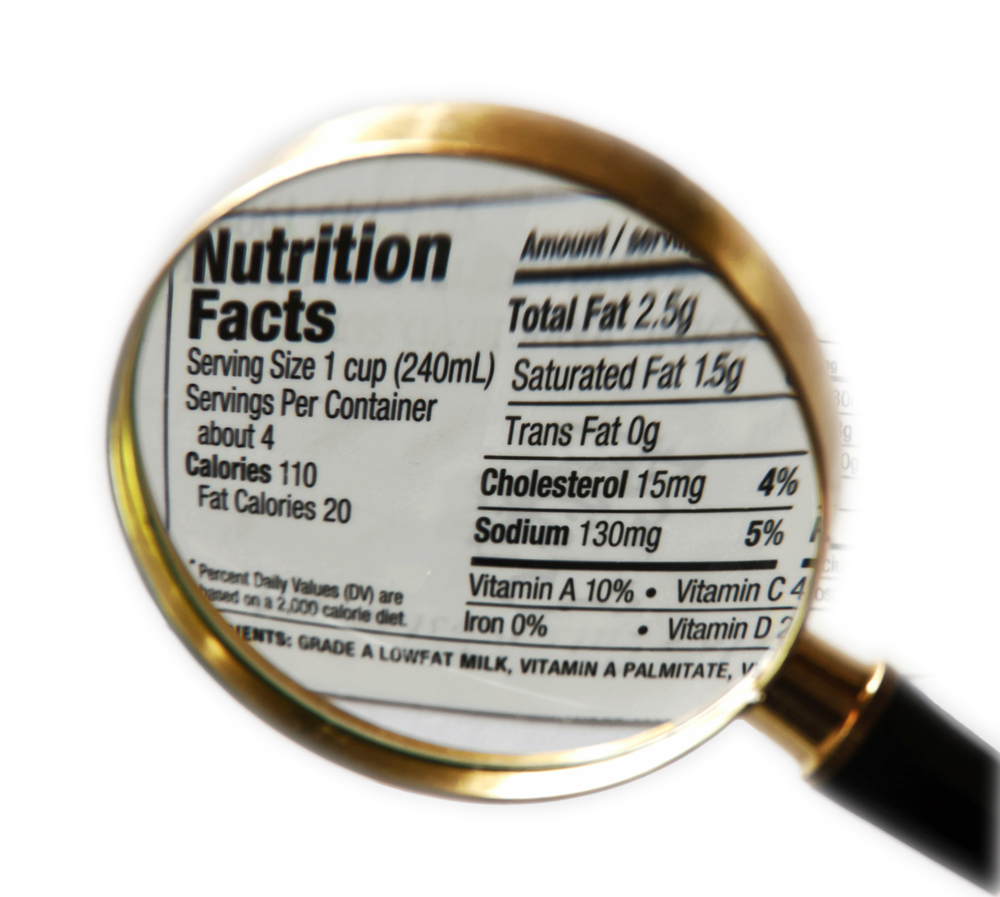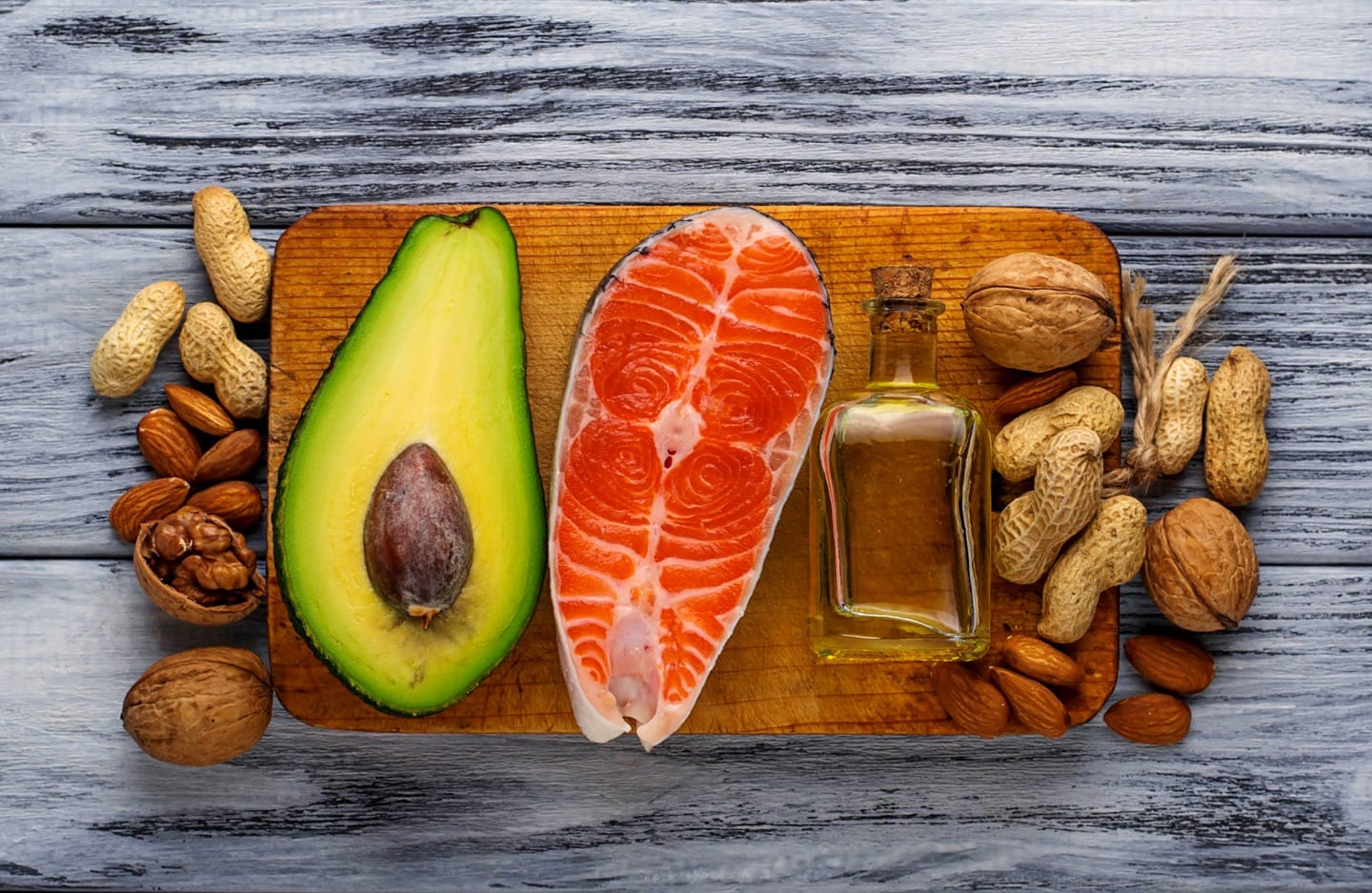Cholesterol and fat are both essential for good health. However, if the balance of specific types of cholesterol and fat isn’t right, they can also lead to illness and disease.
Bad cholesterol
Your body naturally produces cholesterol, particularly in the liver. The body then uses the cholesterol to: 1) build the outer walls of cells; 2) make oestrogen and testosterone (female and male sex hormones), kidney hormones, vitamin D and other substances.
Cholesterol moves around your body in the blood. But because it is fat-based and blood is water-based, it can’t dissolve in the blood.
The body’s solution is to package cholesterol with protein to make special transport substances called lipoproteins.
The two main types of lipoproteins are: 1) low-density lipoprotein (LDL), which transports cholesterol to cells, to be absorbed and used inside them; 2) high-density lipoprotein (HDL), which transports cholesterol from cells back to the liver to be recycled or destroyed.
However too much LDL and too little HDL in your body, causes cholesterol to be absorbed into the cells of arteries (blood vessels), which help form plaques that harden the artery walls. Hardened arteries cause diseases of the heart, kidneys, legs and brain such as heart attack and stroke.
That’s why LDL is called ‘bad’ cholesterol and HDL ‘good’ cholesterol.
Fat
Fat is essential to keep your body warm, protect organs and make hormones. Too much fat makes you overweight, which can be unhealthy. But also the different types of fat you eat can cause too much LDL and too little HDL.
The main types of fat are: saturated, trans, polyunsaturated and monosaturated. The ‘good’ fats are monosaturated and polyunsaturated such as olive, canola, sunflower and peanut oil. They can help lower LDL cholesterol and increase HDL. Saturated and trans fats are ‘bad’ fats, such as butter, beef fat, coconut and full-fat milk, which can increase LDL.
What to do?
In addition to doing regular exercise, losing weight, not smoking and avoiding excess alcohol, eat a diet that helps achieve the right balance of LDL and HDL:
- Large amounts of fresh fruit, vegetables, wholegrain foods
- Low or reduced-fat dairy products
- More lean meats
- Fish (fresh or canned) 2-3 times a week
- Poly or monounsaturated margarines
- Soluble fibre-rich foods
- Fats such as nuts and seeds (though not too much)
Further Information
Speak to your GP, go to www.heartfoundation.org.au or Phone 1300 362787


